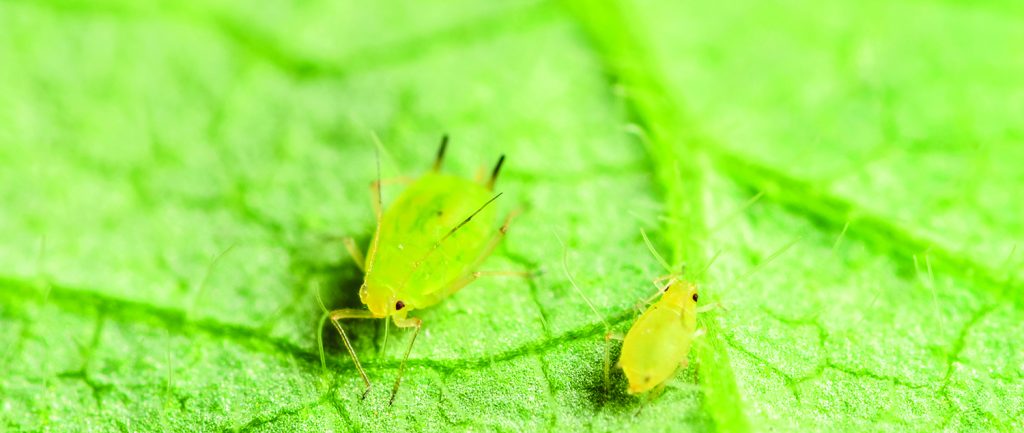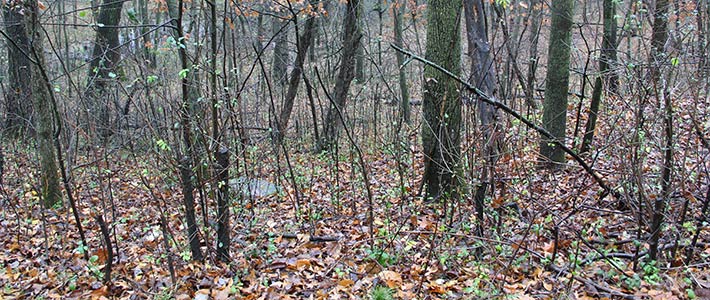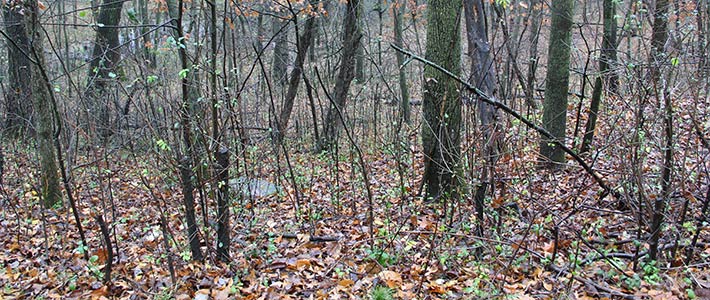Pop quiz. Soybean aphids fear:
a. Pyrethroids
b. Neonicotinoids
c. Goats
d. All of the above
If you guessed a or b, it’s likely you know a thing or two about controlling soybean aphids. If you answered d, you’re one of those people who always answers all of the above. If you answered c, you’re either scratching your head and questioning why, or you’re familiar with University of Minnesota Extension Entomologist Bob Koch’s research on aphids and buckthorn and you attended a tour near Faribault, Minn., and learned how Jake Langeslag, owner of Goat Dispatch, uses goats to help control buckthorn and other terrestrial invasive species.
Huh?
Let’s break it down. Aphids are a threat to soybean yields. But before aphids emerge on soybean plants, they have to live somewhere.
That’s where buckthorn comes into play.

So that brings us back to goats. Is it possible goats hold the key to both controlling the pesky buckthorn that pops up along fields and in groves, reducing soybean aphids in neighboring
Aphids overwinter as eggs on buckthorn in wooded areas. In the spring, eggs hatch and several generations of aphids are produced without mating. Eventually, winged aphids are produced on buckthorn, which then fly to soybean fields. During the fall, aphids return to buckthorn where they mate and deposit eggs, which subsequently overwinter.
So that brings us back to goats. Is it possible goats hold the key to both controlling the pesky buckthorn that pops up along fields and in groves, reducing soybean aphids in neighboring fields?
“Without knowing how far aphids migrate from buckthorn to soybean fields and back, it’s hard to say how effective controlling buckthorn is in terms of limiting aphid populations,” said Joe Smentek, Director of Public Affairs at Minnesota Soybean and an environmental attorney.
“But one thing is for certain, goats love buckthorn and are proving to be an effective tool in controlling the invasive species.”
Langeslag, who presented to a group of roughly 40 people Oct. 26 east of Faribault, says the benefits of grazing have been noticeable.
Controlling buckthorn in his wooded lands near his home has allowed natural vegetation to come through while opening up the land below the trees. Buckthorn, a tree-like shrub, can reach 25 feet when not properly controlled and sprouts leaves early in the spring and sheds leaves late in the fall, giving it an advantage against native plants when competing for water and light.
“We’re just never going to kill all the buckthorn,” Langeslag said. “I believe, and many others believe, you’ll never get all the buckthorn. Any application, whether you’re using chemical or burning, you’re always going to be managing.”
Smentek says the possibilities are interesting. While many urban residents and environmentalists see potential in the goats to help control invasive species, those in agriculture could see an impact to their bottom line.
“The idea farmers could save costs in terms of managing aphids is intriguing,” Smentek said. “Perhaps in the future, managing buckthorn will ultimately mean managing aphids. For now, there’s too many unknowns.”
Tags: aphids, buckthorn






